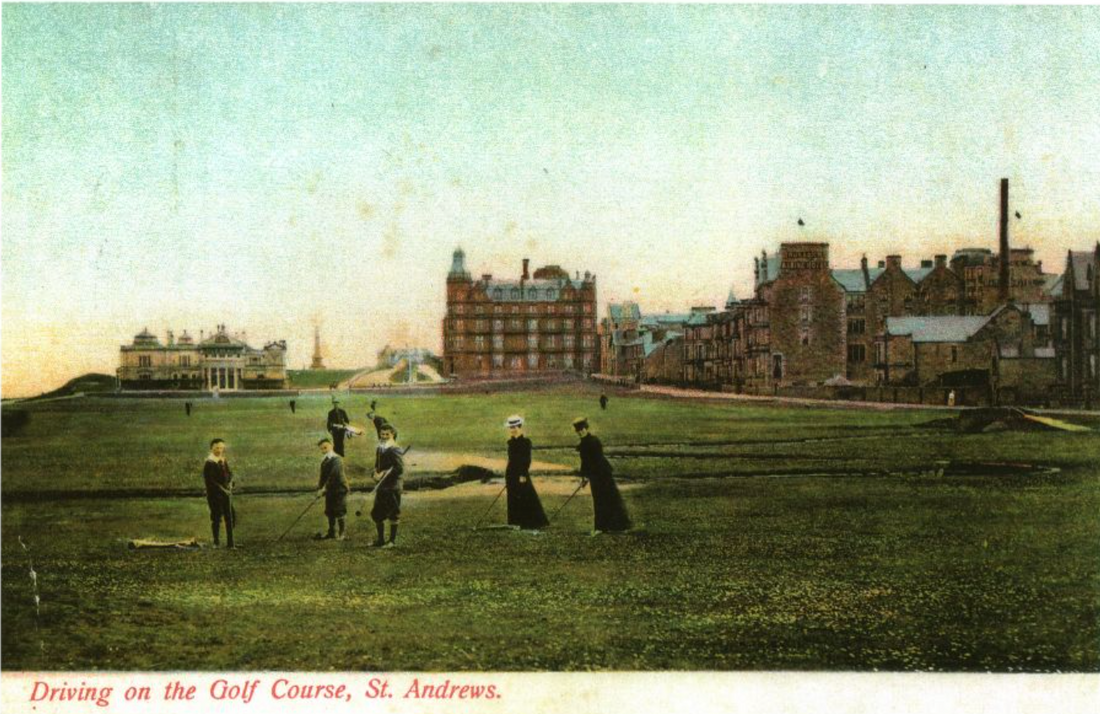
The History of Mini Golf: From 19th Century Roots to Home Play
Scotland, 1867
Picture the windswept coast of St. Andrews, where golf was already thriving as the “gentleman’s game.” Women wanted to play, too — but full swings were frowned upon as “unladylike.” The solution? The Ladies’ Putting Club of St. Andrews, often credited as the birthplace of mini golf. Their simple putting course offered a way to enjoy the sport without cultural barriers.
America’s Golden Era of Mini Golf
Fast forward to the 1920s in the United States. Rooftops in New York City turned into putting grounds, and by 1930, there were tens of thousands of courses across the country. Bright lights, quirky obstacles, and playful themes made mini golf more than a sport — it was affordable entertainment during the Great Depression.
Families lined up for a chance to laugh, compete, and escape daily stresses, one putt at a time.
Post-War Pop Culture
In the 1950s and ’60s, mini golf became a family staple. Roadside attractions across America featured neon-lit courses, castles, windmills, and clown faces. It wasn’t just about precision; it was about imagination. Mini golf solidified its identity as a casual, inclusive pastime.
Mini Golf in the Modern Era
By the 1980s and ’90s, mini golf found new homes in malls, theme parks, and vacation resorts. It shifted into the background of pop culture — still loved, but less prominent. Yet the essence remained: a game anyone could play, regardless of age or skill.
The Move Indoors
Today, mini golf is undergoing a renaissance — this time in living rooms and offices. With portable putting mats, eco-friendly materials, and sleek designs, the game has adapted once again. No neon windmills required; instead, modern players roll putts on clean turf mats that replicate real green speeds.
Mini golf now serves multiple purposes: stress relief, family bonding, and even a wellness break for busy professionals.
A Sport That Always Adapts
From 19th-century Scotland to 21st-century homes, mini golf has never stopped evolving. Its enduring appeal lies in its simplicity: a ball, a hole, and a chance to play. Whether at a seaside course or a living room floor, mini golf continues to remind us that sport doesn’t always need to be serious to matter.
